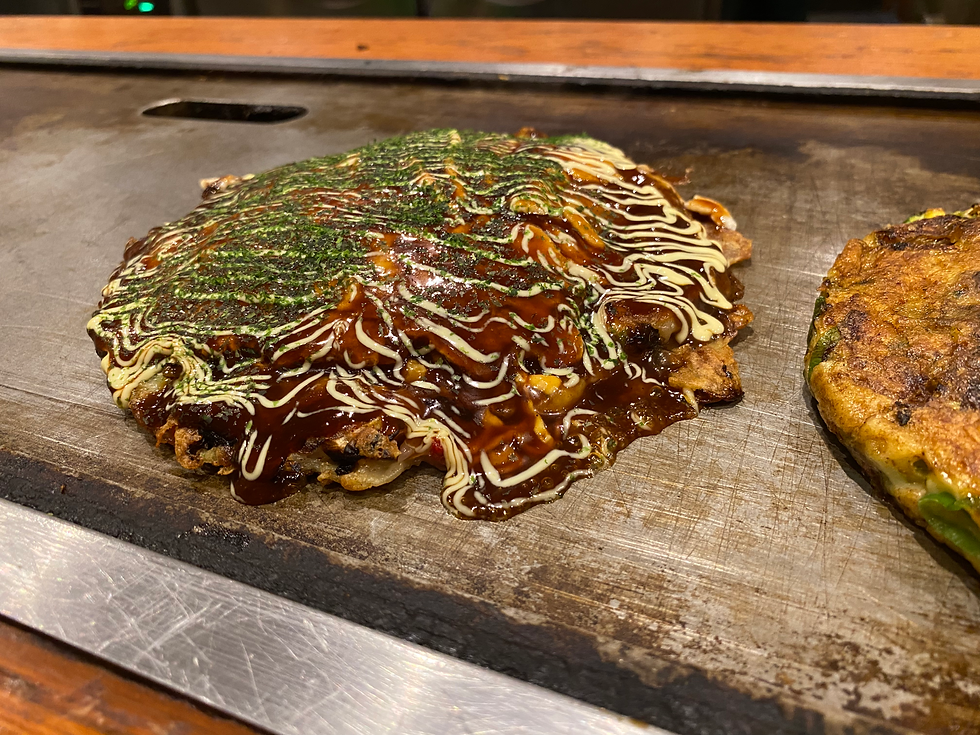Fulfilling my unagi craving (松乃家)
- Tommy Lam
- May 15, 2022
- 2 min read

As one might discern from the sign, the weekly splurge of the week goes in the pursuit of unagi (fresh-water eel). Biked a bit further than normal but Matsunoya (松乃家), near the University of Tsukuba (筑波大学), was the location I scouted out. Although it's a bit pricey, it might be worth it to try and find good unagi.

The ambiance of the restaurant felt somewhat traditional with the tatami mats and sliding door. The cash-only policy might've helped skew my opinion a bit as well. The menu is also quite simple. The main hitters are either unaju (うな重) or kabayaki (蒲焼) in three sizes (特上、上、並). Basically, the eel is steamed and then grilled with a sweet soy sauce (taré or タレ) on a special charcoal called bichotan (ideally anyways...). The initial steam helps the eel become less fatty and fluffy while the high heat from the grill helps sear the eel, providing some caramelization. From there, at least in my understanding (and a reliable source), one can either have the eel on top of a bed of rice (unaju, as depicted below), or separate from the rice (kabayaki). I personally prefer the unaju since the taré gets some additional flavor from the eel itself, and said taré dripping on top of the rice is to die for. Additionally, a bit of sancho pepper, a pepper that's similar to szechuan peppercorns but not as numbing with a citrusy kick, part way through the meal elevates the grilled eel by quite a bit by counterbalancing whatever fattiness remains.
At this establishment, the unaju was served with a clear dashi-based soup (osuimono or お吸い物) and some pickles. The osuimono was quite refreshing to cut the fatty eel with the smoky grilled flavor due to the plethora of herbs, mushroom, and a hint of yuzu. The pickles wasn't too sweet and added a bright fresh break as well.

The way Matsunoya's unagi dish was different than others I've tried was the consistency of the taré and the flavor of the eel itself. Because the taré was a bit thinner than I would normally expect, the seasoning wasn't quite what I had hopped. The trade off though was the quality and flavor of the eel was more prevalent, making it clear to me that they definitely cared about where they sourced their eel from (comparing it to places back home or even non-specialty restaurants here in Japan). I'm a bit conflicted about the fact that I wanted more taré because of this but after reading some reviews from the locals, a few I read seemed to have similar thoughts and feelings so maybe my palette isn't too Americanized. Overall, from these gripes, a 7.5/10 feels fair. I think if I asked for extra taré (タレ多め?), I can imagine this being an 8 or 8.5 easy since all the other components were great (and I also have a major soft spot for Japanese eel dishes...)





Comments